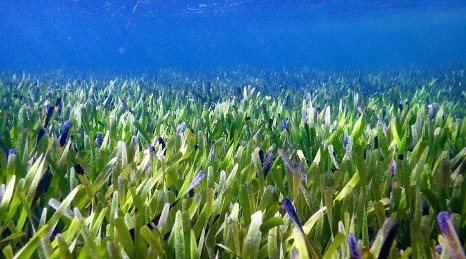Published on: June 3, 2022

LARGEST KNOWN PLANT
LARGEST KNOWN PLANT

Why in news?
Researchers have discovered what is now believed to be the largest plant in the world: an ancient specimen of an incredibly resilient sea grass that stretches across 180km and is estimated to be at least 4,500 years old. The single plant of Posidonia australis was discovered in the shallow waters of the World Heritage Area of Shark Bay in Western Australia.
Highlights
- This single plant has grown across a distance larger than that between Mumbai and Pune, which are about 150km apart.
- The study has been published in an article titled, “Extensive polyploid clonality was a successful strategy for sea grass to expand into a newly submerged environment,” published in Proceedings of the Royal Society B.
- Its enormous size is not the only thing that sets it apart: the plant also has twice as many chromosomes as its oceanic relatives; making it a “polyploid.” “Whole-genome duplication through polyploidy – doubling the number of chromosomes – occurs when diploid ‘parent’ plants hybridise. The new seedling contains 100 per cent of the genome from each parent, rather than sharing the usual 50 per cent.
- The plant appears to be extremely resilient without successful flowering and seed production.
-
It experiences a wide range of temperatures and salinities and also extremely high light conditions. Usually, this would be highly stressful for most plants, but the giant plant seems to thrive in these conditions.

